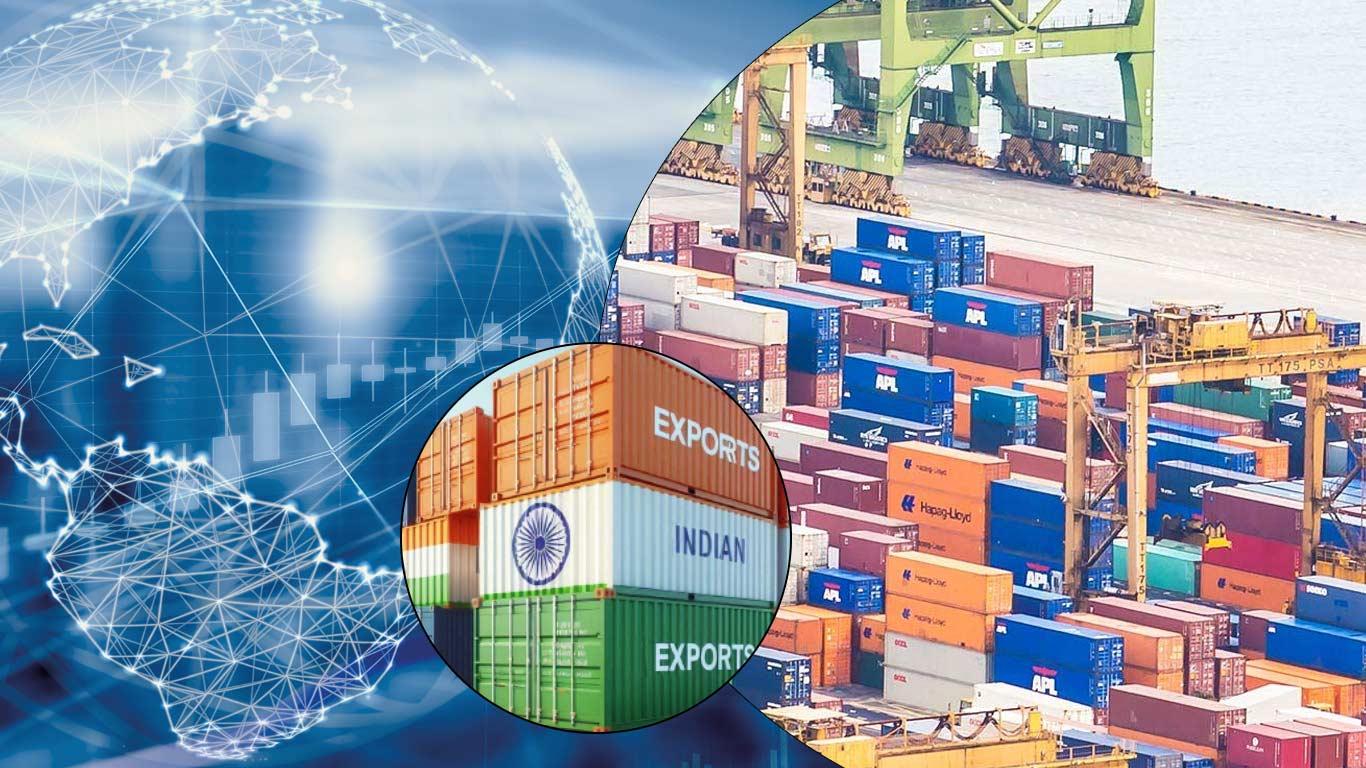
India Targets 4-5 Pc Global Export Share With Diverse Product Portfolio
While traditional sectors such as engineering goods, pharmaceuticals, gems and jewellery, and electronics continue to dominate exports, these new categories are providing additional momentum to India's international trade.
Government officials have identified banana among 20 agricultural products targeted for export growth, alongside watermelons, ghee, guavas, green chilli, capsicum, okra, garlic, onions, and alcoholic beverages.
This initiative aims to increase India's share in global exports from 2.5 percent to 4-5 percent in the coming years, with major markets including the US, Malaysia, Canada, Russia, Germany, France, South Korea, China, Indonesia, Japan, Italy, Belgium, and the UK.
The alcoholic beverage sector has shown particular promise, with Indian single malt whisky gaining traction in the EU, US, and Far East markets.
According to Anant Iyer, director general of the Confederation of Indian Alcoholic Beverage Companies (CIABC), while volumes remain modest, growth is steady. Alcoholic beverage exports increased by 8 percent year-on-year in the April-October period, with whisky exports rising by 16 percent.
India has also made significant strides in the solar energy sector, becoming the sixth largest exporter of solar PV modules globally. The country's share in global PV module exports has grown substantially from 0.4 percent in 2013 to 2.51 percent in 2023.
During April-October, India exported PV cells worth USD 711.95 million, with the United States accounting for 96 percent of these shipments. Additionally, office stationery items are finding new markets in Nicaragua, El Salvador, and Cyprus.
Despite a 4.83 percent year-on-year decline in overall goods exports in November, primarily due to decreased shipments of petroleum products, gems and jewellery, iron ore, and fresh produce, the commerce ministry maintains its ambitious target of exceeding USD 800 billion in combined goods and services exports for FY25.
The government's Production-Linked Incentive (PLI) schemes are expected to bolster growth in electronics and engineering goods exports, while the automotive sector is anticipated to benefit from global demand and the China+1 diversification strategy.
The government is actively exploring new markets for various products, including France, Saudi Arabia, and Kenya for iron ore exports; Latvia, Chad, and Montenegro for pharmaceuticals; and Greece and Croatia for engineering goods.
Emerging markets like Guatemala and Morocco are being targeted for cotton yarn exports, as India continues to diversify both its product range and destination markets in its pursuit of robust export growth.
(KNN Bureau)
Legal Disclaimer:
MENAFN provides the
information “as is” without warranty of any kind. We do not accept
any responsibility or liability for the accuracy, content, images,
videos, licenses, completeness, legality, or reliability of the information
contained in this article. If you have any complaints or copyright
issues related to this article, kindly contact the provider above.


















Comments
No comment